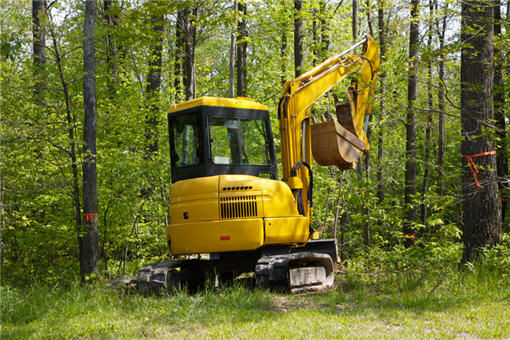Planning and Development Act 2000, Section 205
This covers the powers of the Local Planning Authoity to protect and preserve trees. You can find the
relevant section here:
http://www.irishstatutebook.ie/eli/2000/act/30/section/205/enacted/en/html
The Forestry Act, 1946, defines the law in relation to the feling of trees
Tree Felling Licences and Planning Permissions Under Section 37 of the Forestry Act, 1946, with
certain exceptions, it is illegal to uproot a tree over ten years of age or cut down a tree of any
age unless notice of intention to do so has been given in accordance with the act.
If the planning permission issued is in respect of an area located within the boundaries of a town,
borough, or city council area, then a felling licence is not required. However, with very few
exceptions, if it is proposed to fell trees anywhere else a licence is required, irrespective of
whether planning permission is held or not. Failure to obtain a Tree Felling Licence can result in a
criminal conviction. In cases where a landowner is convicted of illegal felling, the Department of
Agriculture, Fisheries and Food makes a legally binding order to replant the trees that have been
felled.
Where planning permission has been granted in respect of such a site, a replanting order may be in
direct conflict with the planning permission. A replanting order may affect the landowners right to
proceed with the building development, or may cause the owner to suffer the substantial extra cost
of having to buy alternative planting land. Not obtaining a Tree Felling Licence when required can
have serious consequences.
With certain exception it is an offence, under the Forestry Act 1946, to fell trees without a felling
licence having been granted by the Forest Service. Failure to obtain a felling licence when
necessary, may result in a criminal prosecution. Developers are advised to contact: the Felling
Section, Forest Service, Department of Agriculture and Food, Johnstown Castle Estate, Co Wexford
Tel: (053) 9163400 before undertaking any tree felling.
